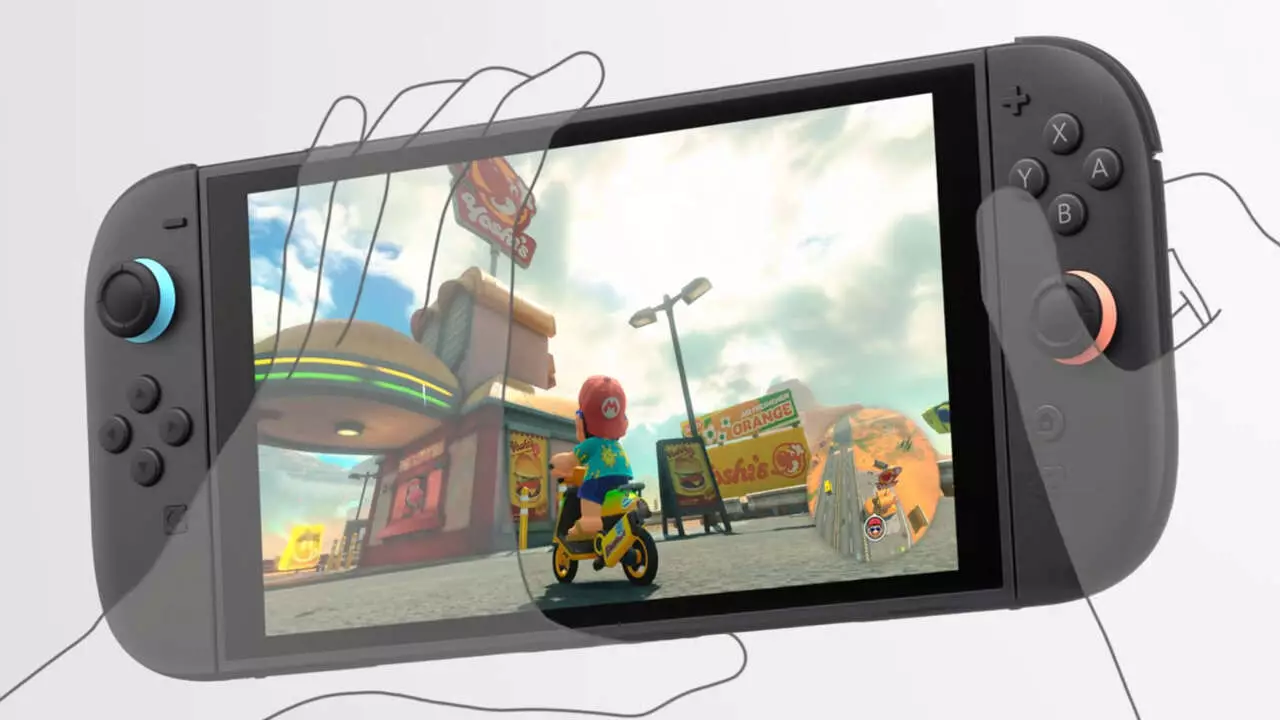Nintendo has always been synonymous with creativity, pushing the envelope of gaming technology with a remarkable legacy of groundbreaking consoles. The journey of the Nintendo Switch is especially illuminating, characterized by both triumph and lost opportunities. The decision to scrap the original concept of magnetic Joy-Con controllers illustrates the fine line that engineers walk between innovation and practicality. As the gaming industry continues to evolve, the recent unveiling of the Switch 2 serves as a testament not only to Nintendo’s adaptive strategies but also to its commitment to optimizing user experience.
The Unfortunate Prototype: A Missed Opportunity
While the concept of a magnetic attachment for the Joy-Con controllers seems brilliantly avant-garde, it faced a swift demise during the development stages of the Nintendo Switch. Kouichi Kawamoto, a producer within Nintendo’s entertainment planning and development team, reveals that testing the magnetic prototypes led to concerns over their stability. The feedback received from late Nintendo president Satoru Iwata highlighted the prototype’s fundamental flaw: wobbling connections that risked user comfort and overall device integrity. “We wanted to ensure our customers felt secure using the console,” Kawamoto stated. This brings to light an essential aspect of console development—a focus not merely on innovation for its own sake but on creating a dependable user experience that fosters trust.
Lessons Learned from the Past
After rejecting the magnetic design, Nintendo opted for a more traditional rail system for attaching the Joy-Con controllers, which has proven effective in practice. However, the desire to improve this system lingered in the background. Iwata’s untimely passing in 2015 marked a poignant moment in Nintendo’s history, yet the company did not lose sight of progress; rather, it continued to pursue research into magnetic controllers. This indicates a level of dedication to improvement that should be lauded. The persistence in revisiting the magnetic concept—despite its initial failures—speaks volumes about Nintendo’s culture of innovation. Failure isn’t merely a setback; it’s often an essential stepping stone toward greater success.
The Joy-Con 2: Merging Creativity with Usability
Fast forward to the launch of the Switch 2, where Nintendo introduced the magnetic Joy-Con 2 controllers as a marvelous blend of creative engineering and thoughtful usability. With a clear intention to simplify the attachment process to the extent that it can be managed by children, Nintendo showcased an evolution in not just mechanics but also in user-centric design philosophy. The magnetic connection is easier and faster, while retaining the stability required for a gaming console, achieving what previous prototypes could not.
The updated Joy-Con 2 comes laden with features beyond just magnetic connection; they boast improved thumbsticks, a GameChat button, and even the ability to function like a mouse. These advancements indicate a remarkable leap in making gaming more accessible and interactive, ensuring that new and seasoned gamers alike can enjoy the fully realized potential of the console.
Nintendo Switch 2: A Technical Triumph
The Switch 2 is not simply an incremental upgrade; it beckons a new era for Nintendo by supporting features that many in the industry have long awaited, such as HDR, 4K resolution when docked, and elevated frame rates. Such technical enhancements, combined with the magnetic Joy-Con 2, create an enticing package that extends beyond nostalgia and taps into the modern gaming sensibility. The promise of exclusive games like Mario Kart World and expansions on beloved titles like The Legend of Zelda: Tears of the Kingdom only adds to the anticipation surrounding its release.
Furthermore, the affordability of a premium bundle, listed at $500, suggests an understanding of market dynamics, balancing quality and price to reach a broader audience. This savvy marketing move, complemented by innovative technology, signifies Nintendo’s transitional shift in strategy that resonates with contemporary consumer demands.
Nintendo’s journey from the initial magnetic Joy-Con prototype to the sophisticated Joy-Con 2 exemplifies the nuanced balance between ambition and practicality in tech development. The gaming giant not only learns from its earlier missteps but also ingeniously transforms them into strengths that pave the way for future innovation.


Leave a Reply